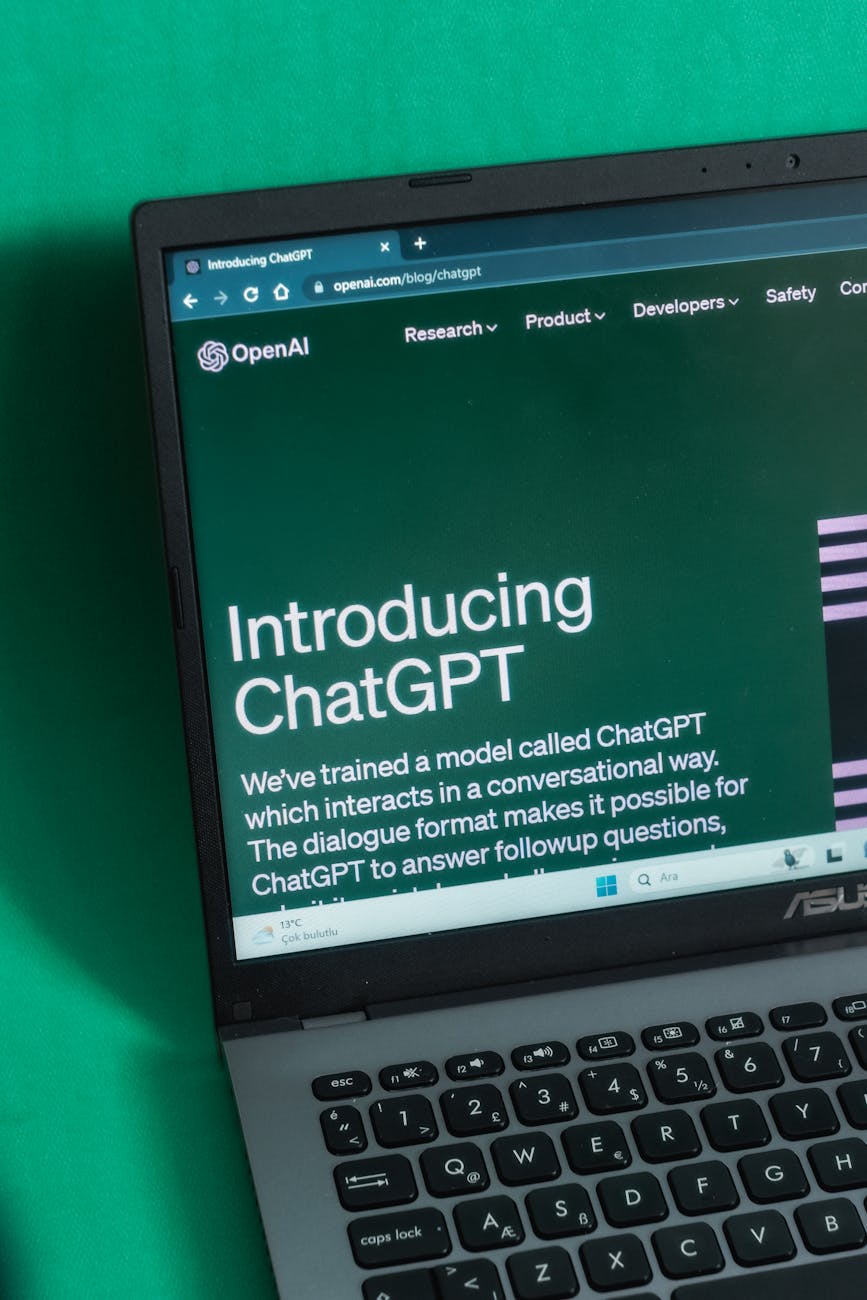Intelligence Whispers: Foreign Interference Fears Swirl Around 2024 Election Amidst High-Profile Interviews
As new reports emerge of potential foreign meddling targeting the Trump campaign, a panel of political and economic leaders on “Face the Nation” grappled with national security, economic stability, and the integrity of the democratic process.
Washington D.C. – The sanctity of the American electoral process, a cornerstone of its democratic identity, is once again under intense scrutiny. This past Sunday on CBS News’ “Face the Nation,” moderator Margaret Brennan convened a distinguished panel to dissect pressing national and international issues, with a particular focus on emerging allegations of foreign interference in the upcoming 2024 presidential election, reportedly targeting the campaign of former President Donald Trump.
The program featured a compelling lineup of guests, each bringing a unique perspective to the complex challenges facing the nation. Ohio Senator JD Vance, the Republican vice presidential nominee, offered insights from the campaign trail and his party’s approach to governance. He was joined by Kansas Governor Laura Kelly, a prominent Democrat, who provided a gubernatorial viewpoint on federal policy and its impact on state-level operations. The economic landscape was addressed by Brian Moynihan, the Chief Executive Officer of Bank of America, who shed light on the intricate financial currents shaping the global and domestic economy. Rounding out the panel was retired General Frank McKenzie, former Commander of U.S. Central Command, whose military expertise lent a critical lens to matters of national security and international relations.
The confluence of these guests underscored the multifaceted nature of the challenges discussed. From the delicate balance of international relations and the persistent threat of election interference to the stability of the global economy and the ongoing security concerns in critical geopolitical regions, the conversation on “Face the Nation” offered a panoramic view of the issues at the forefront of the American public’s consciousness. The allegations of foreign intervention, in particular, cast a long shadow, prompting a necessary examination of the vulnerabilities within the electoral system and the strategies required to safeguard its integrity.
Context & Background
The specter of foreign interference in American elections is not a new phenomenon. The 2016 presidential election brought this issue to the forefront of national discourse, with intelligence agencies concluding that Russia engaged in a systematic effort to influence the outcome. Subsequent elections, including the 2020 presidential race, have also seen reports and concerns regarding attempts by various state and non-state actors to sow discord, spread disinformation, and potentially manipulate public opinion.
These operations often employ a sophisticated array of tactics, including the weaponization of social media to amplify divisive content, the dissemination of fake news and propaganda, the exploitation of political polarization, and in some cases, attempts to breach election infrastructure. The goal is typically not to overtly swing a vote count, but rather to erode public trust in democratic institutions, deepen societal divisions, and create an environment of confusion and distrust.
The recent reports, as alluded to on “Face the Nation,” suggest a continuation and potential evolution of these interference efforts. The specific targeting of former President Trump’s campaign raises new questions about the motivations and strategies of foreign adversaries. Understanding the historical context is crucial for appreciating the gravity of these contemporary allegations and the sustained threat they pose to the democratic process.
The intelligence community has been increasingly vocal about these threats. For example, the Department of Justice and the FBI have actively worked to identify and counter foreign influence operations. The Cybersecurity and Infrastructure Security Agency (CISA) has also been a key player in bolstering election security at the state and local levels. Their efforts often involve public awareness campaigns, sharing threat intelligence, and providing technical assistance to election officials.
Furthermore, the legislative branch has taken steps to address these vulnerabilities. The Senate Select Committee on Intelligence has conducted extensive investigations into Russian interference and has issued reports with recommendations for improving election security. While there is broad bipartisan agreement on the need to protect elections, specific policy approaches and the attribution of threats can sometimes become politicized, adding another layer of complexity to the national response.
The economic implications of such interference also warrant consideration. Global instability, fueled by political uncertainty and the erosion of democratic norms, can have tangible impacts on financial markets, trade relations, and overall economic growth. Brian Moynihan’s participation on the panel highlights the interconnectedness of these issues, as economic stability often relies on a predictable and secure political environment.
In-Depth Analysis
The discussion on “Face the Nation” likely delved into the specifics of these new reports, prompting a critical examination of the nature and extent of alleged foreign intervention. Senator Vance, as a representative of the Republican party and a potential future leader, would have been expected to address the perceived threats and outline his party’s strategies for countering them. His perspective would likely focus on national sovereignty and the need for robust defense against external manipulation.
Governor Kelly, offering a Democratic viewpoint, would have brought attention to the practical implications for state election administration and the importance of bipartisan cooperation in safeguarding election integrity. Her focus might be on the collaborative efforts between federal and state authorities and the resources necessary to ensure secure and transparent elections.
General McKenzie’s insights would have been invaluable in providing an authoritative assessment of the intelligence landscape and the evolving tactics of foreign adversaries. His experience in military command positions him to speak on the broader national security implications of election interference, including its potential to destabilize regions and undermine U.S. influence on the global stage. He might discuss the challenges of attribution and the sophisticated methods employed by intelligence agencies to detect and disrupt these operations.
Brian Moynihan’s participation would have connected these political and security concerns to their economic ramifications. Global financial markets are sensitive to political stability and the perceived strength of democratic institutions. Foreign interference campaigns, by sowing doubt and uncertainty, can contribute to market volatility, impact investment decisions, and affect consumer confidence. His perspective would likely emphasize the importance of a stable political environment for continued economic prosperity.
The conversation would also have likely explored the specific types of foreign actors believed to be involved and their potential motivations. Are these state-sponsored operations seeking to achieve specific geopolitical outcomes, or are they part of broader campaigns to destabilize democratic societies? The targeting of a particular campaign, as alleged, suggests a strategic intent, prompting questions about the desired impact on the 2024 election results and beyond.
Furthermore, the panel would have likely discussed the role of social media and disinformation. The digital sphere has become a primary battleground for foreign influence operations. The spread of false narratives, the creation of sophisticated deepfakes, and the amplification of divisive content pose significant challenges to voters trying to make informed decisions. Senator Vance and Governor Kelly would have likely offered differing perspectives on the regulation of social media platforms and the responsibility of technology companies in combating disinformation.
The challenge of remaining objective in the face of such allegations is paramount. It is crucial to distinguish between substantiated intelligence findings and speculative claims. The media’s role, as exemplified by “Face the Nation,” is to present verified information and allow for informed public discussion, avoiding sensationalism or the adoption of partisan framing. The inclusion of a former military commander like General McKenzie provides an anchor of expertise that can help ground the discussion in a more objective reality.
One significant aspect of the analysis would involve understanding how these allegations are being corroborated. Are there specific intelligence assessments being declassified or shared with the public? What are the methodologies used to attribute these activities to foreign actors? Transparency in this regard is vital for building public trust and enabling informed debate. Official sources, such as statements from the Director of National Intelligence or indictments from the Department of Justice, serve as crucial references.
The potential impact on the election itself is another critical area. While direct manipulation of vote counts is difficult, foreign interference can significantly influence public perception, candidate viability, and voter turnout through disinformation campaigns and the amplification of divisive narratives. The panel’s discussion would likely explore these indirect but potent effects.
For a deeper understanding of the U.S. government’s approach to countering foreign interference, one can refer to the Department of Justice’s efforts in prosecuting individuals involved in such activities and the FBI’s ongoing investigations. The Office of the Director of National Intelligence (ODNI) regularly releases threat assessments that can provide broader context on foreign adversary activities.
Pros and Cons
The discussion surrounding foreign election interference, particularly when focused on specific campaigns, presents several critical pros and cons that warrant careful consideration:
Pros of Addressing and Discussing Foreign Interference:
- Enhanced Election Security: Openly discussing and investigating allegations of foreign interference can lead to the implementation of stronger security measures for election infrastructure, voter registration databases, and the dissemination of election information. This proactive approach helps safeguard the integrity of the voting process.
- Informed Electorate: Transparency about potential manipulation attempts helps to equip voters with the critical thinking skills needed to identify and resist disinformation, propaganda, and divisive narratives spread by foreign actors. An informed electorate is more resilient to external influence.
- Deterrence of Adversaries: Publicly acknowledging and responding to interference efforts can serve as a deterrent to potential adversaries, signaling that their actions are detected and will be met with consequences. This can discourage future attempts.
- Bipartisan Cooperation: While often politicized, the threat of foreign interference can, in some instances, foster bipartisan cooperation. When lawmakers from both parties recognize a common threat to national sovereignty and democratic principles, they may be more inclined to work together on solutions.
- Strengthening Democratic Institutions: Addressing these threats reinforces the importance of democratic institutions and the rule of law. It highlights the commitment to free and fair elections and can bolster public confidence in the democratic system over the long term.
- Economic Stability: By mitigating political instability caused by external meddling, efforts to counter interference can contribute to a more stable environment for economic growth and investment.
Cons of Addressing and Discussing Foreign Interference:
- Potential for Politicization: Allegations of foreign interference can be easily politicized, used by campaigns to attack opponents, or dismissed as partisan hyperbole. This can undermine genuine efforts to address the problem and create further division.
- Erosion of Public Trust: Constant discussion of interference, especially if not handled with extreme care and verifiable evidence, can lead to cynicism and a general erosion of public trust in election results and democratic processes, regardless of the actual extent of interference.
- Difficulty in Attribution and Proof: Foreign interference operations are often designed to be covert and difficult to attribute definitively. The challenge of providing irrefutable proof can lead to skepticism and accusations of baseless claims.
- Risk of Amplifying Disinformation: Discussing specific foreign disinformation campaigns, if not done carefully, can inadvertently amplify the very narratives they aim to counter by giving them greater visibility.
- Distraction from Domestic Issues: An overemphasis on foreign interference might distract from pressing domestic policy issues that voters care deeply about, potentially altering the focus of political discourse away from substantive policy debates.
- Resource Allocation: Significant resources are required to monitor, detect, and counter foreign interference. These resources might be diverted from other critical areas of national security or domestic policy.
- Overreaction and Unintended Consequences: A heavy-handed response to perceived interference could lead to overreach, potentially infringing on civil liberties or creating diplomatic tensions without sufficient evidence.
Key Takeaways
- Persistent Threat: Reports of new foreign interference attempts targeting the 2024 election underscore that this remains a significant and evolving threat to the integrity of American democracy.
- Sophisticated Tactics: Foreign adversaries continue to employ a range of sophisticated methods, including disinformation, social media manipulation, and potentially other forms of influence operations, to impact electoral outcomes and sow discord.
- Economic Interdependence: Political stability, often threatened by foreign interference, has direct implications for global and domestic economic prosperity, as highlighted by the participation of a major financial institution’s CEO.
- National Security Imperative: Protecting election integrity is increasingly viewed as a core national security issue, requiring vigilance from intelligence agencies, law enforcement, and cybersecurity experts.
- Importance of Bipartisanship: While politically charged, addressing foreign interference effectively often requires a degree of bipartisan consensus and cooperation to implement robust security measures and policy responses.
- Critical Role of Information: The public’s ability to discern credible information from disinformation is paramount, making media literacy and access to verified facts essential components of a resilient democracy.
- Multi-faceted Approach Needed: Countering foreign interference requires a comprehensive strategy involving intelligence gathering, cybersecurity enhancements, public awareness campaigns, and potentially diplomatic and legal actions.
Future Outlook
The ongoing reports of foreign interference in the 2024 election suggest that this challenge will likely persist and potentially intensify in future electoral cycles. As democratic nations become more adept at identifying and countering traditional forms of interference, adversarial actors are likely to evolve their tactics, exploring new technologies and more subtle methods of manipulation. This could include the increased use of artificial intelligence for creating sophisticated disinformation, the exploitation of emerging social media platforms, and targeted operations designed to exploit specific societal vulnerabilities.
The trend towards greater integration of economic and security concerns means that any perceived instability, including that stemming from election interference, will continue to capture the attention of financial leaders and policymakers. Brian Moynihan’s presence on the panel is indicative of this linkage, suggesting that economic stability is inextricably tied to the perceived trustworthiness and security of the democratic process.
For political figures like Senator Vance and Governor Kelly, the future will likely involve a continuous balancing act. They will need to address the threats of foreign interference while simultaneously focusing on domestic policy agendas and navigating the political landscape. The effectiveness of their strategies will depend on their ability to foster public trust, implement practical security measures, and avoid the pitfalls of excessive politicization.
General McKenzie’s insights point to the ongoing need for adaptability within the intelligence and defense communities. As geopolitical landscapes shift, so too will the nature and origin of foreign interference. The ability to anticipate these shifts and develop agile responses will be critical for maintaining national security and electoral integrity.
Looking ahead, the conversation around election security is likely to remain a prominent feature of the national dialogue. Investments in cybersecurity, improved threat intelligence sharing, and public education on media literacy will be crucial. Furthermore, international cooperation among democratic nations may become increasingly important as foreign adversaries operate across borders. The U.S. Department of State’s Bureau of Global Public Affairs often engages in public diplomacy efforts that touch upon democratic values and countering malign influence.
The challenge for future administrations and legislative bodies will be to maintain a sustained and effective response to these persistent threats, ensuring that the democratic process remains robust and resilient against both overt and covert attempts at manipulation.
Call to Action
The discussions on “Face the Nation” serve as a crucial moment for public reflection and engagement. Citizens are encouraged to:
- Stay Informed from Credible Sources: Actively seek out information from reputable news organizations and official government sources. Be critical of sensationalized claims and verify information before sharing. Resources like the Cybersecurity and Infrastructure Security Agency (CISA) provide guidance on election security.
- Develop Media Literacy Skills: Educate yourself and your community on how to identify disinformation, propaganda, and manipulative content. Understanding the tactics used by foreign actors is a powerful defense.
- Engage in Civil Discourse: Participate in political discussions constructively, focusing on policy and substantive issues rather than devolving into divisive rhetoric that can be exploited by foreign adversaries.
- Support Election Integrity Efforts: Advocate for policies and funding that strengthen election security at local, state, and federal levels. This includes supporting measures that ensure the accuracy and transparency of voting processes.
- Report Suspicious Activity: If you encounter suspicious online activity that appears to be coordinated foreign influence or disinformation, consider reporting it to the relevant platforms and authorities, such as the FBI.
- Encourage Bipartisan Dialogue: Urge elected officials to prioritize national security and election integrity over partisan advantage, fostering an environment where solutions can be found collaboratively.
By taking these steps, citizens can play an active role in safeguarding the democratic process and ensuring that the integrity of American elections remains uncompromised by foreign interference.









